
bolewts58
-
Posts
603 -
Joined
-
Last visited
-
Days Won
9
Content Type
Profiles
Forums
Blogs
Gallery
Events
Store
Posts posted by bolewts58
-
-
The ribbon bar likely means 2nd class.
BTW. I have my doubts about that eMedals grouping being anything but cobbled together. The ribbon bar doesn't have a Silesian Eagle on it and you don't often get Freikorps who served both in the Russian Westarmee in the Baltic as the ribbon bar indicates and in Silesia. The Russian George Cross is not typical of the German-made types normally worn by German recipients. I also believe the black enameled Maltese Cross which I assume is supposed to be the "Dienstgrade" badge is even Freikorps. I'd need to see the back.
0 -
Although I don't have as much of a presence on this forum as I do on WAF, I still thought I would post this here too.
I have decided to sell my Freikorps collection over the next year. It will be a slow process as I will sell only a few pieces every month as I still want to enjoy it for awhile. I will continue to post on GMIC, WAF, Feldgrau and other forums. But, eventually I will be leaving the hobby and all forums. It's partly due to my age (I'm nearly 70) and health and the impact of Covid (my income dropped by a 1/3 last year). I'd rather enjoy the money while I can. I'm not disappearing yet. But, I thought I'd post this just to let everyone know, especially those who are not usually present on WAF.
0 -
Sorry, it's a well-known fake.
Notice the ripples in the sail on yours. That's called "Luffing" in sailing. An old sea-dog like Ehrhardt would never have allowed the badge to have "Luffing", if for no other reason than it would indicate that the ship was crossing the wind and slowing down. The Viking ship is in full sail cutting through the waves which would not be possible with a "Luffing" sail. Whoever cut the die for this fake did not understand the fundamentals of sailing and obviously didn't examine real badges. That's a dead give-away that it's fake as well as several other details that are wrong.
Here's an original with a Prinzen size. Notice the full sail with no ripples on the surface, rounded and full of wind as it should be.
0 -
5 hours ago, Simius Rex said:
Definitely a post-1945 cross. The die-hard Freikorps collectors refer to this item as the Schwarzes Armeekreuz der freiwilligen Deutsch-Russischen Westarmee. It is an extremely scarce piece and originals rarely come-up for sale. The originals I've seen have a more substantial frame around the enameling.
You're actually confusing the crosses somewhat. The one you're showing here is called Der Abzeichen für Dienstgrade der russische Westarmee (Badge for All Ranks of the Russian Western Army) and was more of a unit service insignia rather than an award. It is sometimes referred to as the Avaloff Cross 3rd class, but in reality was a badge separate from the award crosses. This is the story behind this service grade cross.
By order no. 24 of March 4, 1919, Colonel Fürst Awaloff-Bermondt donated a badge in the form of a Maltese cross for the all military ranks of his volunteer troops. Colonel Potozki commander of Corps Graf Keller provided the draft of the award, which was intended to distinguish the members of his volunteer troops from other Baltic troops. The badge was based on the planned white Maltese cross of General Graf Keller's Russian White Army. However, as a sign of mourning (Count Keller was captured and shot in Kiev on December 20/21, 1918), the color was changed to black.
Here is my example of this service cross.
The cross that started the thread is called Der Awaloff-Kreuz der Freiwilligen Westrussischen
(Deutsch-Russischen) Befreiungsarmee (1919). Kreuz 2. Klasse ohne Schwerter. Here are two examples from the Peter Groch collection that are similar to the copy that started the thread. The one on the left, like the copy is a silvered cross with black enamel. The one on the right is a silvered cross with a black paint finish.1 -
9 hours ago, elbavaro said:
Pictures from the back available?
I don't like the ribbon - looks new to me. The cross itself: well .... it looks like the ,odern copies, but ... not 100% sure.
Agree. Very likely a modern copy. This cross is widely faked. There are very few originals around. Better pictures including of the reverse and close-ups of the cross edge and enamel would confirm this one way or the other.
0 -
-
-
These 3 Freikorps awards are not difficult to find. There are several available on various dealer sites. A Silesian Eagle I cl. such as this type would be around 125 EUR, a Brigade Grodno Badge about 500 EUR and a von Loewenfeld Cross I cl. about 300 EUR. if you're serious about wanting these, I can help make suggestions for you.
0 -
These are indeed terrible fakes. But, there are also high quality die struck fakes of these three awards.
The Silesian Eagle is a common cast fake identified by those strange elongated box rivets.
Likewise, the Brigade Grodno badge and Loewenfeld Cross have been faked in great numbers and even in very believable high quality over the last 10 years or so.
It really is about educating yourself, rather than merely asking for people's opinions. The fakers of even the high-end die struck copies have made several easy to spot mistakes in creating their dies, if you know what to look for. If you want to collect Freikorps awards and badges, you should get yourself some good reference books. There are certainly some good ones around these days.
This is one of the best and widely available.
0 -
Very nice examples of the MGSS badge with the typical Freikorps black cloth backing. I've been looking for one of these for some time. They are hard to find.
0 -
1 minute ago, CRBeery said:
Thank you sir! It has the oak leaf and acorn motif of so many Freikorps pieces but then again it’s a German thing.
True. But, many Weimar ear German State Police units used oakleaves as collar insignia. Bavarian police used 2 different types. I would also suggest that it could be for forestry personnel.
0 -
Not a known Freikorps insignia. It could be a police collar badge or just for a hunting association.
0 -
1 hour ago, Deruelle said:
Many thanks to all. Is it easy to find such items now ?
Christophe
No. These pins are all quite scarce and very expensive. The pin you started this thread with would likely be at least 500 - 600 EUR and probably more if you could even find one.
0 -
Eric is correct.
Here is the history of this organization.
Der Reichsverband der Baltikumkämpfer
Organization for Freikorps veterans of the 1919 Baltic Campaigns, 1921-1936.
Founded as the Verein Ehemaliger Baltenkämpfer (Association of Former Baltic Fighters) in Magdeburg in 1921. In 1924, it was renamed Der Reichsverband der Baltikumkämpfer and in 1935, it merged with the short-lived Kameradschaft Baltikum und Freikorpskämpfer (founded in 1933) as essentially their memberships overlapped. On June 2-3, 1934 a reunion of the 36,000 members was held at Castle Saaleck where a large limestone plaque honoring the fallen of the Baltic campaign was installed in the east tower with a speech from the former Baltic commander, Graf Rüdiger von der Goltz. The association was disbanded in June 1936 by Interior Minister Wilhelm Frick.Here are membership documents and a membership pin for Verein Ehemaliger Baltenkämpfer and Der Reichsverband der Baltikumkämpfer.
Here are two other pins that likely have some association with this group. One is a pin for former members of the Eiserne Division and the other for Kameradschaft Freikorpskämpfer Gotha, an organization I don't have any specific information about.
0 -
Very nice. The mailed arm with sword inside the wreath shown on the stamp was worn as a silver collar badge by Freikorps Hübner. While the pass doesn't specifically indicate it, Freikorps Hübner took part in the Battles of Dachau on April 18, 1919 and Munich from April 30 - May 2, 1919.
0 -
Looking at the enamel I am pretty sure it is in fact cold acrylic enamel rather the fired glass enamel used on period originals. This explains the high, plastic-looking gloss, darker color red and uneven enamel build-up.
0 -
6 hours ago, Ulsterman said:
nice. Does that have a makers’ mark?
No. Very few Silesian Eagles have maker's marks.
0 -
-
1 hour ago, Chris Boonzaier said:
I agree... a non combattant Silesian Eagle 1st class is as rare as hens teeth...
I had a long correspondence with the guy who did the articles about the award for the BDOS... he said it was technically only allowed for the 2nd class to be awarded. There are a tiny amount of exceptions... almost singel figures.
I have a group with white ribbon EK2, Yellow ribbon Braunscheig, and eagles 1st and 2nd class to a non combattant (and a bunch of other awards)... rare as hell... but on the flip side... noone appretiates them
Agree grossly under-appreciated. What makes these even more unusual is being signed in pencil by two leading Reichswehr generals commanding in upper Silesia. Most of this particular type of document even for military personnel have facsimile signatures.
0 -
11 hours ago, Eric Stahlhut said:
actually, there could be a good chance of finding out, since he was a teacher. if you are so inclined you could contact the muzeum w Rybniku
Thank you for the suggestion.
0 -
2 hours ago, Eric Stahlhut said:
I wonder what Erich Salzbrunn did during the great war...many of those civilians (former soldiers) helped secure weapons from depots and distribute ammunition. perhaps that has something to do with his award level
That's a good point. It's possible he was a veteran and I only managed to get two of his award documents which does happen. But, also, he may have always just been a teacher and already too old to serve in 1914 when the war started. He could have been involved in what you suggest or could have been an Einwohnerwehr leader in Rybik. There's no way of knowing.
0 -
Eric. That's a very nice looking period SA II.
Here are a pair of documents to a teacher, Lehrer Herrn Erich Salzbrunn from Paruschowitz in Kreis Rybnik, Upper Silesia. Rybnik was the center of the the First Polish Uprising in 1919 and of the Upper Silesia plebiscite in March 1921.
The documents have been trimmed a bit. But, otherwise they're in good condition. The interesting thing about them is that they are both signed in pencil by well-known Reichswehr generals. The Silesia Eagle was awarded a lot to civilians who worked in some capacity with the Reichswehr in Grenzschutz Ost Schlesien. Most only got the 2nd class. So, it's unusual for a civilian to get the 1st class, as well. He must have been a pretty important civilian to warrant having his documents personally signed by a general. Most of this type of document have only facsimile or auto-pen signatures.
SA 2 doc is signed by Generalmajor Karl Hoefer (https://de.wikipedia.org/wiki/Karl_Hoefer) when he was commander of Reichswehr-Brigade 6 in Breslau, Oberschlesien. (https://www.axishistory.com/various/140-germany-reichswehr/reichswehr/2361-reichswehr-brigade-6)SA1 doc is signed by Generalmajor and Kommandeur der 2 Kavallerie-Division Otto von Preinitzer (https://de.wikipedia.org/wiki/Otto_von_Preinitzer), (https://de.linkfang.org/wiki/Otto_von_Preinitzer)0 -
I figured out WBK. Wehrmacht Bezirks Kommando.
0 -
Hi Dave
Thanks so much. This is outstanding and much more than I expected. Much appreciated.
What is WBK?
Brian
0


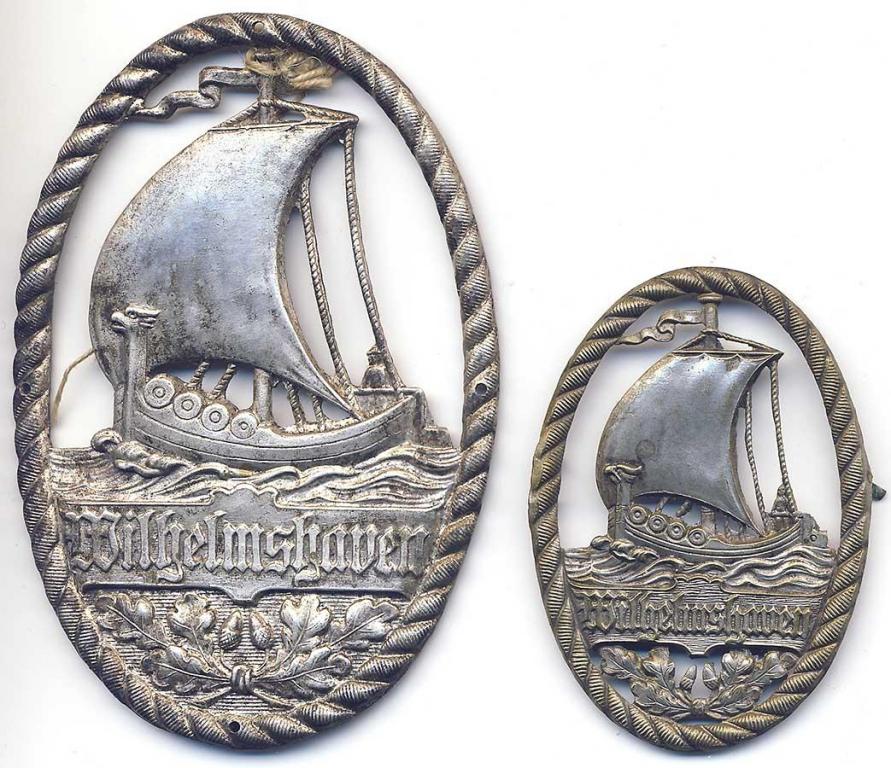
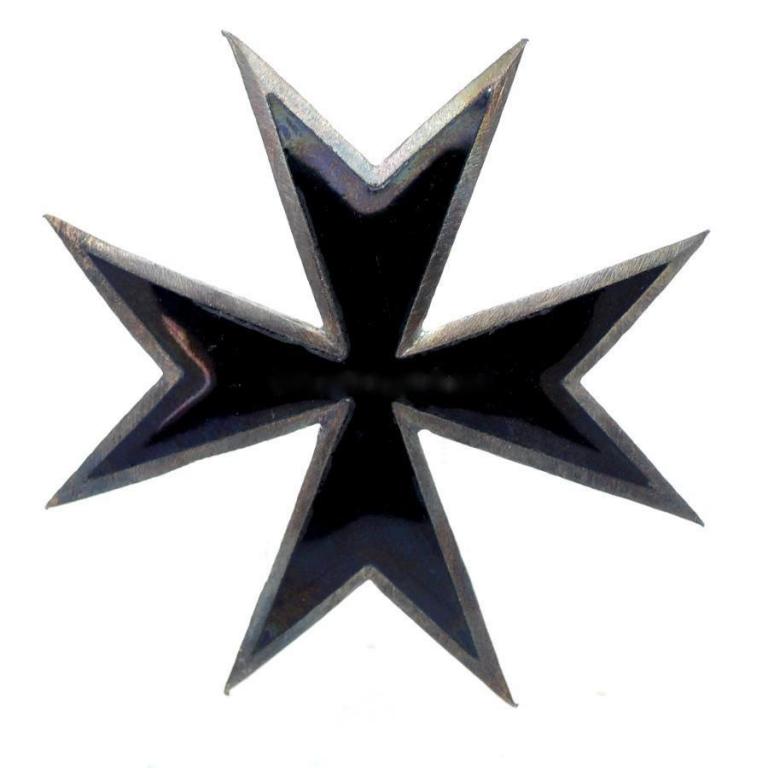
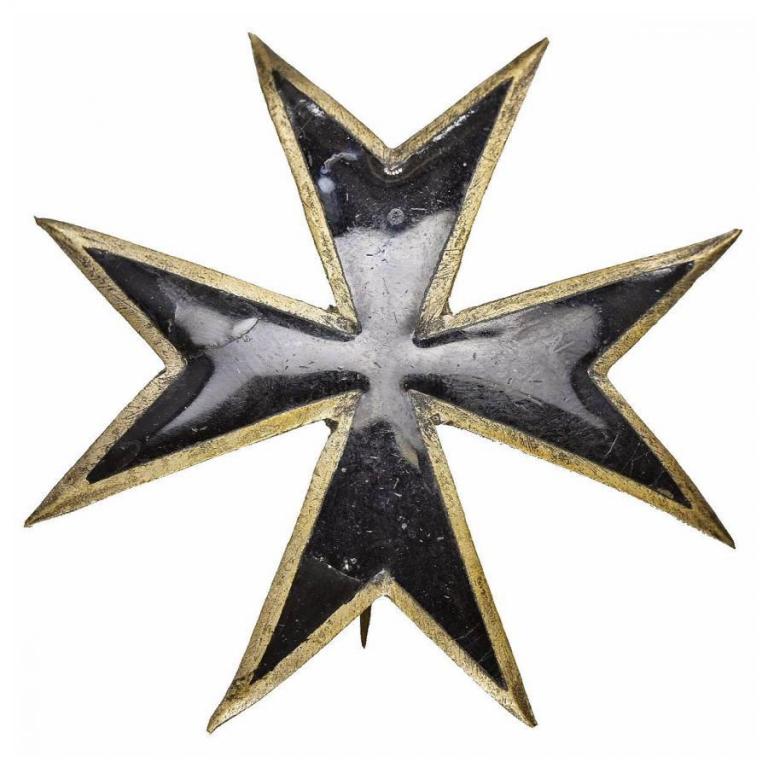

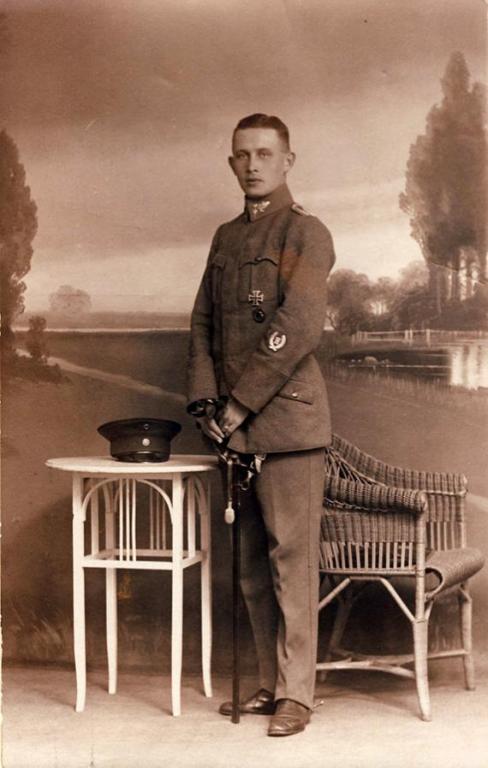


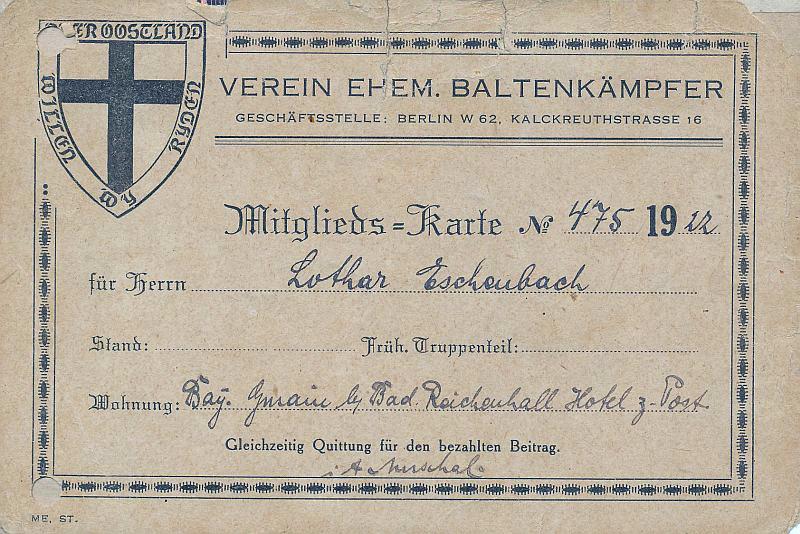
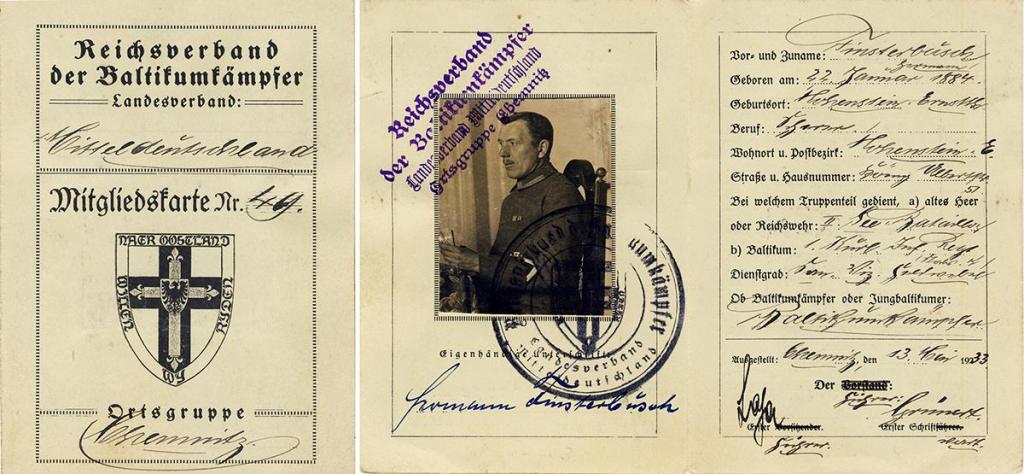
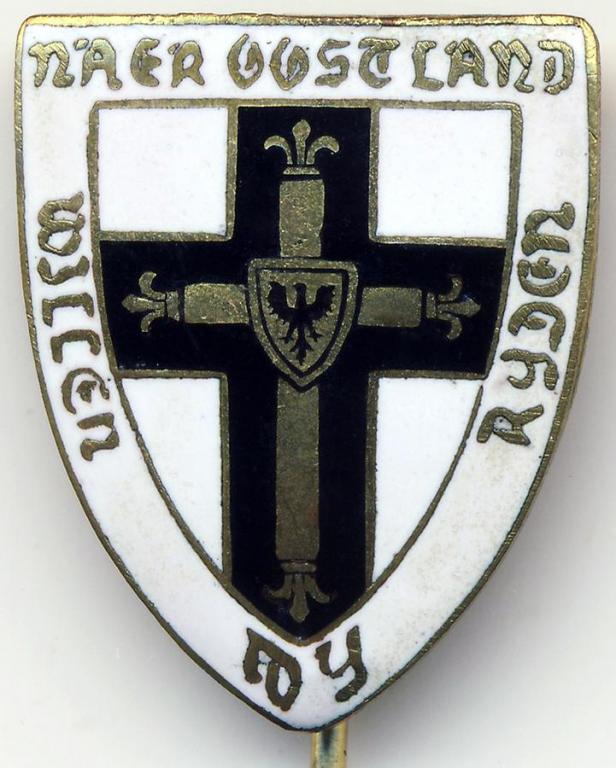


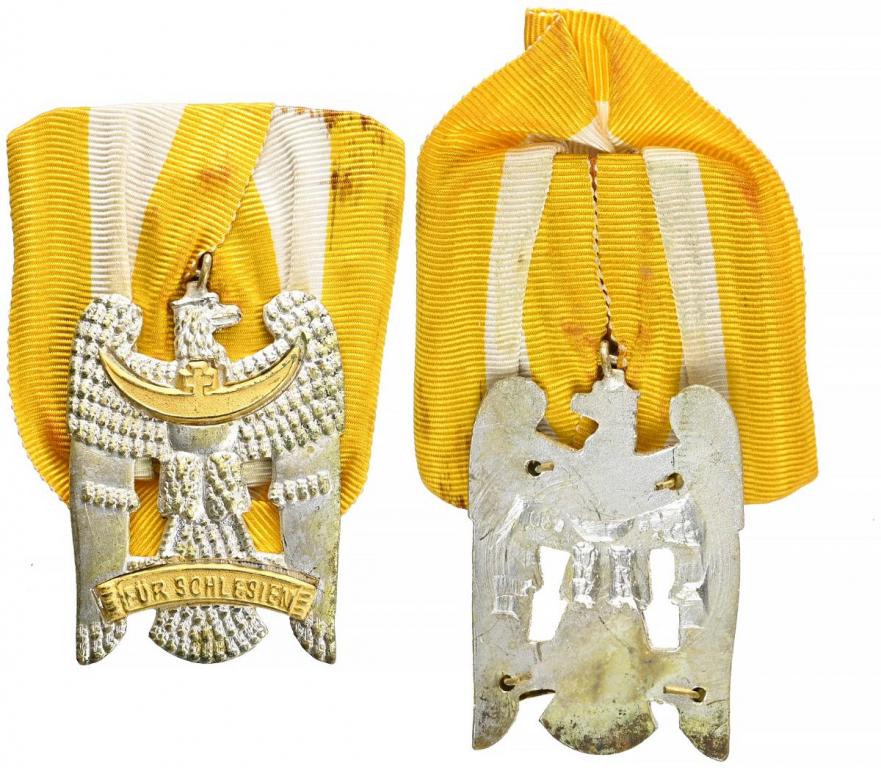
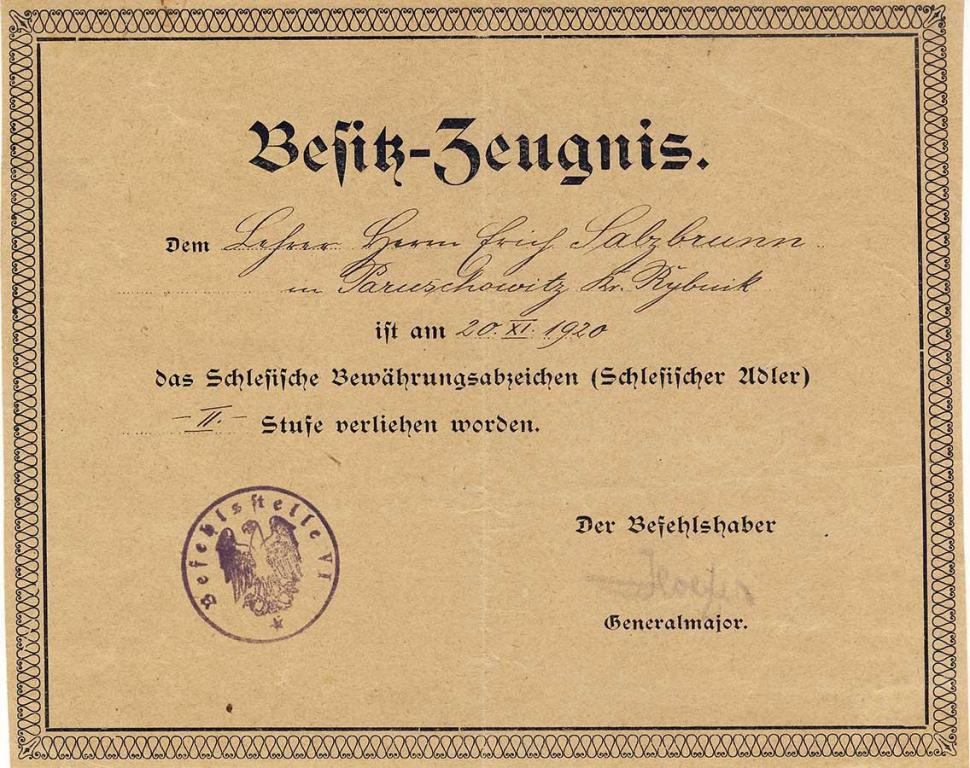

WWI Saxe-Weimar Medal Group
in Germany: Imperial: The Orders, Decorations and Medals of The Imperial German States
Posted
I think your reaction is out of line and childish to say the least. Simius Rex was being very respectful and only trying to help. Is it really "too inaccessible, too elitist and too semantic" to try to be historically accurate? That is the raison d'etre for forums like this to exist. You obviously showed this bar hoping for a fawning "ooh, aah" reaction from other members. When you didn't get it and your lack of basic knowledge was quickly exposed, you made the absolutely inane and silly response of "I collect medals, not ribbons". (What medal collector doesn't collect ribbons?). If you're intent on leaving the forum after only 41 posts because you can't accept the truth, while unfortunate, it's no great loss to any of us. Obviously, based on your reaction, you're not interested in history but only in accumulating shiny things like some magpie.